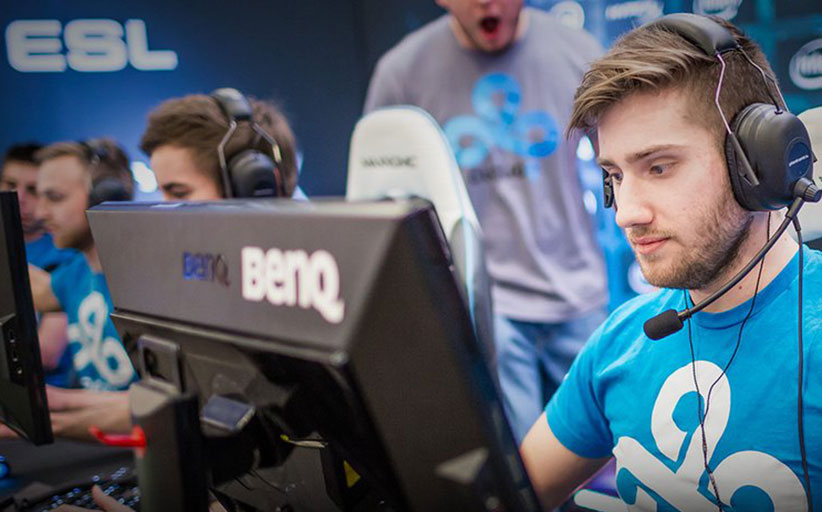 Last year, eSports got a reality check. Speaking in an interview, pro Counter-Strike player Kory “Semphis” Friesen openly admitted that he and other players had taken the performance-enhancing drug Adderall during a tournament. “We were all on Adderall,” he said at the time. “I don’t even give a f**k. It was pretty obvious if you listened to the comms.”
Last year, eSports got a reality check. Speaking in an interview, pro Counter-Strike player Kory “Semphis” Friesen openly admitted that he and other players had taken the performance-enhancing drug Adderall during a tournament. “We were all on Adderall,” he said at the time. “I don’t even give a f**k. It was pretty obvious if you listened to the comms.”
The Electronic Sports League, which hosted the tournament Friesen was part of, knew it had to respond: shortly after the scandal came to light the ESL announced it would start random drug tests, starting only days later.
Performance Enhancing Drugs are a problem that traditional sports, particularly the more athletically intense, continue to battle, but their involvement in eSports has been ignored or at least deemed unimportant until very recently.
That is, in part, because eSports isn’t what most people would consider “athletic”, but Adderall – a drug often used to treat attention deficit hyperactivity disorder – and other amphetamines can give users laser-sharp focus. That’s a beneficial edge in Counter-Strike where split-second reactions are the difference between hundreds of thousands of dollars and walking away with nothing. These benefits extend to other tournament games like League of Legends and Starcraft 2 also.
According to the ESL, none of the tests, which involve a taking a swab of saliva, have returned positive since the program started last year. That no players have been found doping so far is both “good and bad” according to Ralph Reichert, CEO of ESL’s parent company Turtle Entertainment. “It will happen that someone will get caught sooner or later,” he says, “It’s the reality of every sport out there.”
As eSports grows into more of a mainstream institution, the more it will start to converge with traditional sports. That means more money will be thrown into it, prize pools will become larger, and people will go to greater lengths in order to win.
The league keeps drug-testing figures confidential, but several players who took part in this year’s Katowice Intel Extreme Masters told techradar that they or a member of their team had been tested for the event. An ESL spokesperson told us that players are selected using names drawn out of a hat, and the examination itself is a saliva test.
In 2013 the International eSports Federation became the official signatory of the World Anti-Doping Agency, but it wasn’t until last year, in the wake of the Friesen scandal, that the ESL announced it would work with WADA and NADA (Nationale Anti Doping Agent) to adopt their lists of banned substances. But having a Hearthstone player jacked up on steroids probably isn’t going to give them a strategic advantage, and so the ESL has come to recognise that a more considered approach is needed.
“First idea was just, we’ll just work with them and it’s all going to be fine, but we figured out it’s a little more complicated than that,” says Rechert. “They have obviously very different needs, so their lists of substances that are bad are not really fitting to eSports.”
Other eSports organisations have started taking on anti-PED measures, or are considering it. Last year, DreamHack said it was considering bringing in testing in the future, while Glen Elliott, founder of European Gaming League, told us that the EGL currently doesn’t do anti-doping tests but is “looking into” the issue at the moment, and searching for the right partner to help it.
Read full story at TechRadar


